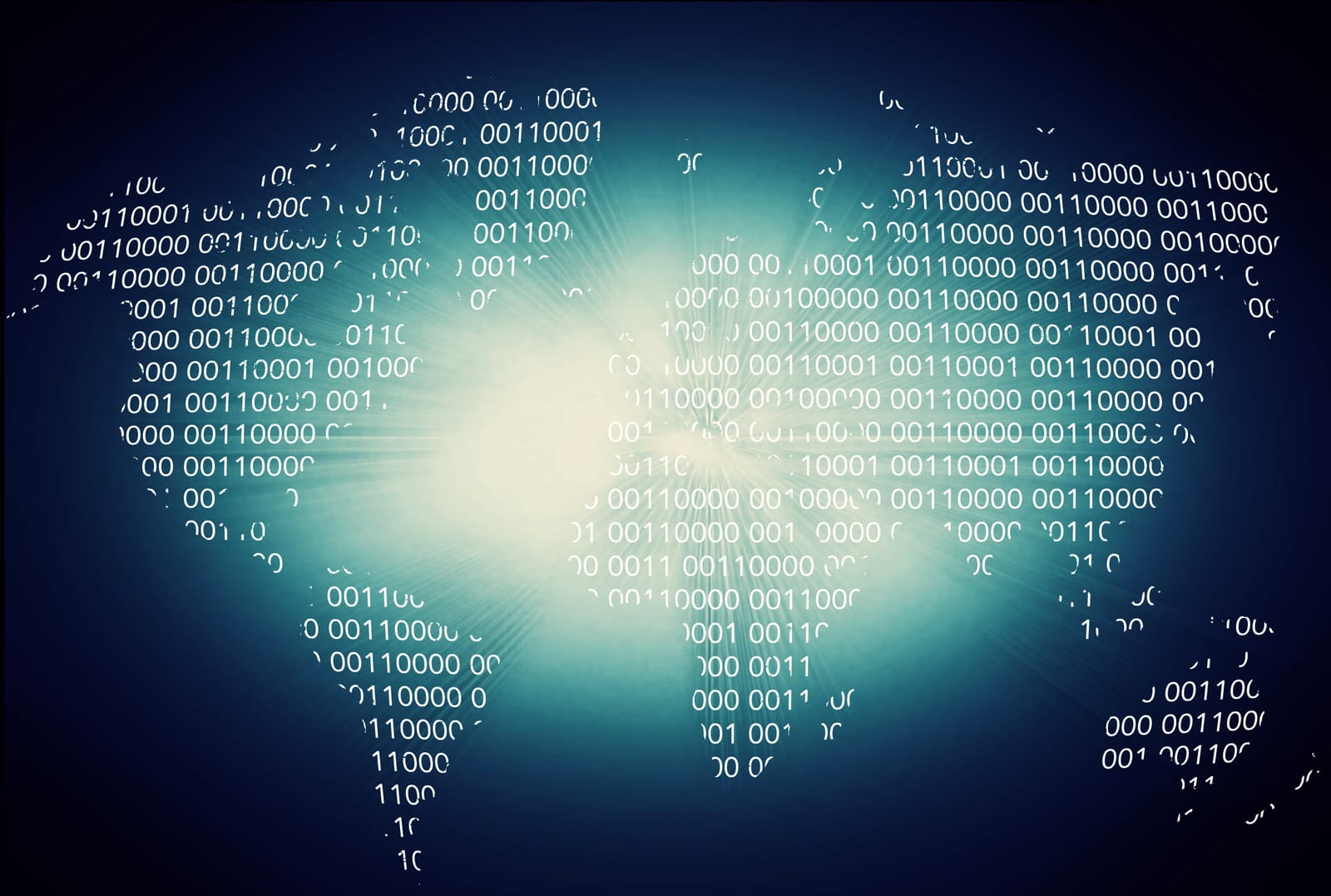The Rapid Development of COVID-19 Vaccines
One of the most extraordinary aspects of the COVID-19 pandemic was the speed at which vaccines were developed. The first known cases of COVID-19 were identified on December 12, 2019. Remarkably, just under a year later, on December 8, 2020, the first COVID-19 vaccination was administered in the UK. Shortly after, on December 11, 2020, the US Food and Drug Administration granted its first emergency use authorization for a COVID-19 vaccine.
Several factors contributed to this remarkable success.
Global Collaboration and Previous Research Contributions
The development of COVID-19 vaccines was significantly accelerated by global collaboration. Laboratories worldwide dedicated immense resources to this effort, making it a top priority for medical professionals everywhere. This collective focus was crucial in speeding up the vaccine development process.
Another key factor was the ability to build on previous research related to similar diseases. Substantial groundwork had already been laid for potential vaccines against severe acute respiratory syndrome (SARS) in 2003 and Middle East respiratory syndrome (MERS) in 2012. Although these efforts did not reach the vaccine stage due to the crises subsiding, they provided a valuable foundation. Researchers were able to adapt this existing work to develop a vaccine for COVID-19, leveraging the insights gained from past experiences.
The Typical Drug Development Process
The typical drug development process is a lengthy and complex journey. Unlike the rapid development seen in some recent cases, most drugs take a considerable amount of time to move from initial concept to final approval. On average, this process can span over ten years. During this time, the costs can skyrocket, often exceeding a billion dollars, with some estimates reaching as high as $2.6 billion for a single FDA-approved drug.
The success rate in drug development is notably low. Approximately 90% of projects do not make it through all the necessary stages to achieve FDA approval. This means only about 10% of proposed medications successfully navigate the entire process. The journey is fraught with challenges, making it a time-consuming, expensive, and uncertain endeavor.
Challenges in Treating Rare Diseases
Treating rare diseases presents unique challenges, primarily due to financial and logistical constraints. In the United States, a rare disease is defined by the Genetic and Rare Diseases Information Center of the National Institutes of Health as one affecting fewer than 200,000 people. This accounts for less than a tenth of a percent of the population.
Despite each rare disease being individually uncommon, there are over 7,000 known rare diseases, collectively impacting about 10% of the U.S. population, or approximately 30 million people. However, less than 5% of these diseases have FDA-approved treatments, highlighting a significant gap in available therapies.
The financial calculus involved in developing treatments for rare diseases is complex. The limited number of affected individuals often makes it economically challenging for pharmaceutical companies to invest in research and development. This results in a scarcity of approved treatments, leaving many patients without effective medical options.


